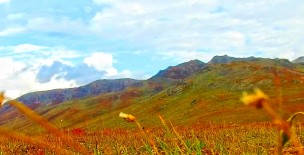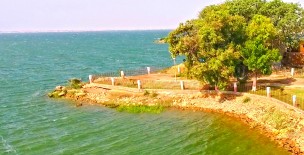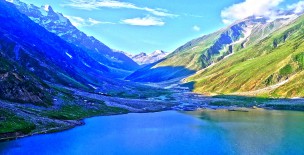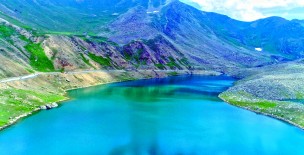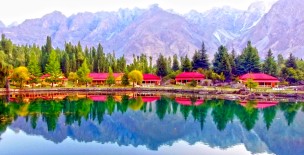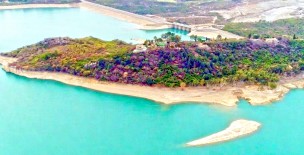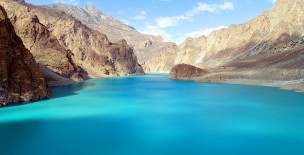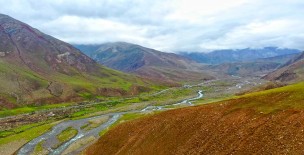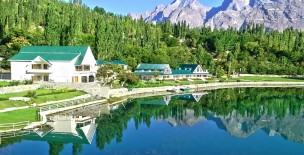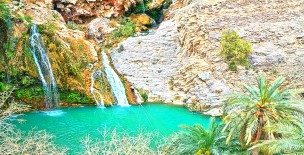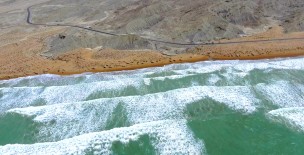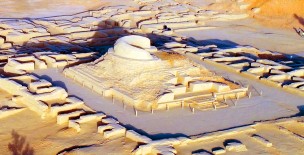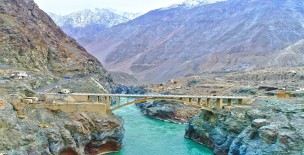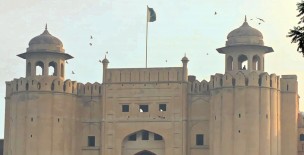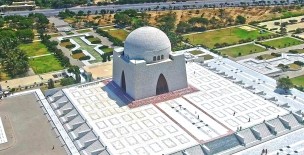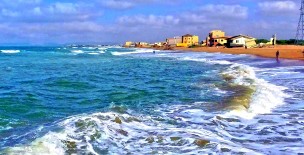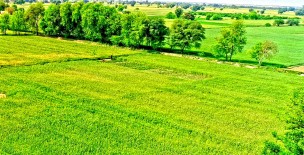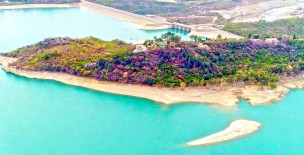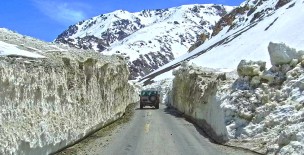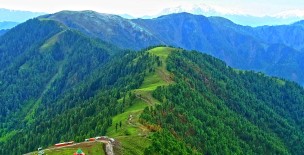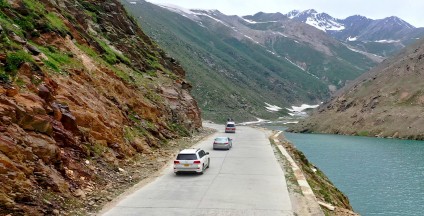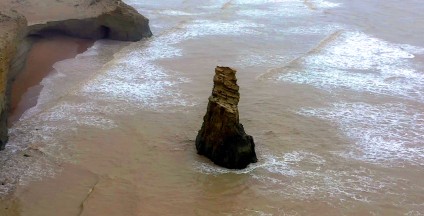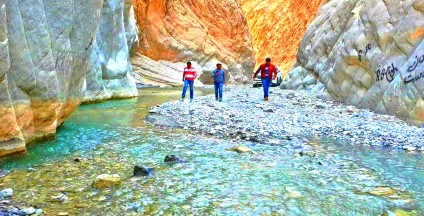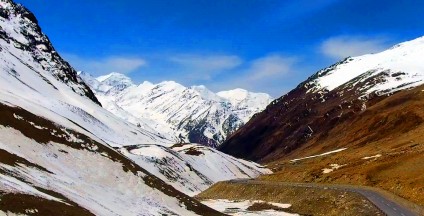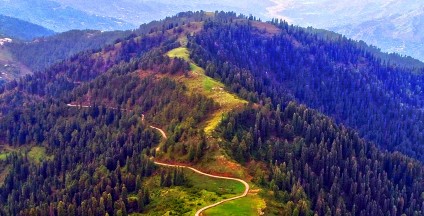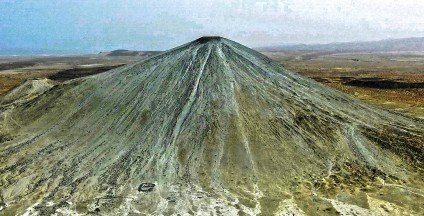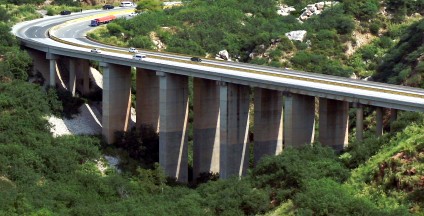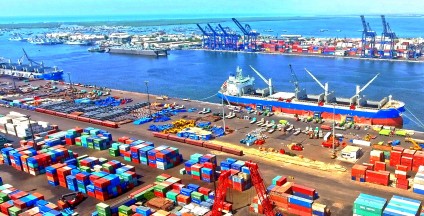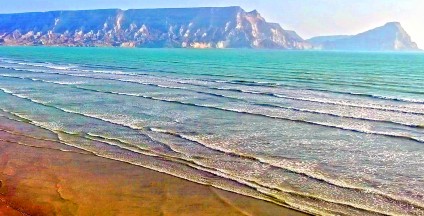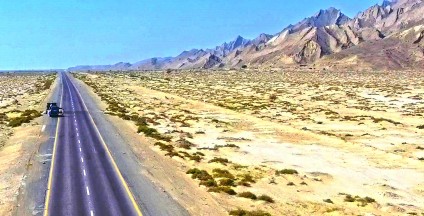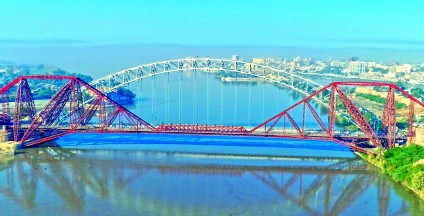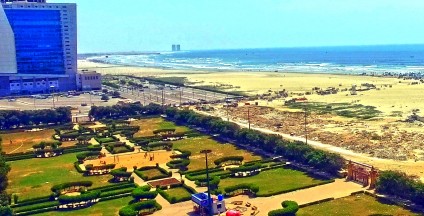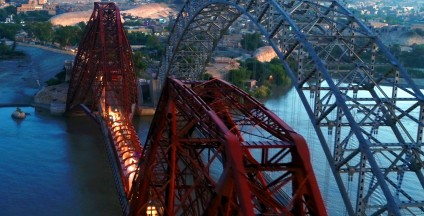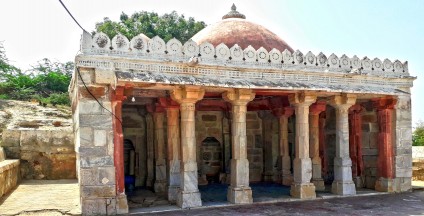Tarbela Dam is an earth-filled dam on the Indus River in Khyber Pakhtunkhwa, Pakistan.
It is the largest earth-filled dam in the world, and also the largest dam by structural volume.
Located in the Swabi and Haripur Districts of Khyber Pakhtunkhwa, the dam is about 30 km (20 mi) from the city of Swabi, 105 km (65 mi) northwest of Islamabad, and 125 km (80 mi) east of Peshawar.
The dam is 143 metres (470 ft) high above the riverbed. It forms the Tarbela Reservoir, with a surface area of approximately 250 square kilometres (97 sq mi).
Its primary use is electricity generation. The installed capacity of the 3,478 MW Tarbela hydroelectric power stations will increase to 6,298 MW after completion of the ongoing fourth extension and the planned fifth extension.
Tarbela Dam was constructed as part of the Indus Basin Project after signing of the 1960 Indus Waters Treaty between India and Pakistan.
The purpose was to compensate for the loss of water supplies of the eastern rivers (Ravi, Sutlej and Beas) that were designated for exclusive use by India per terms of the treaty.
The primary objective of the dam was to supply water for irrigation by storing flows during the monsoon period and subsequently releasing stored water during the low flow period in winter.
By the mid-1970s, power generation capacity was added in three subsequent hydro-electrical project extensions which were completed in 1992, installing a total of 3,478 MW generating capacity.
The dam was completed in 1976 and was designed to store water from the Indus River for irrigation, flood control, and the generation of hydroelectric power.
